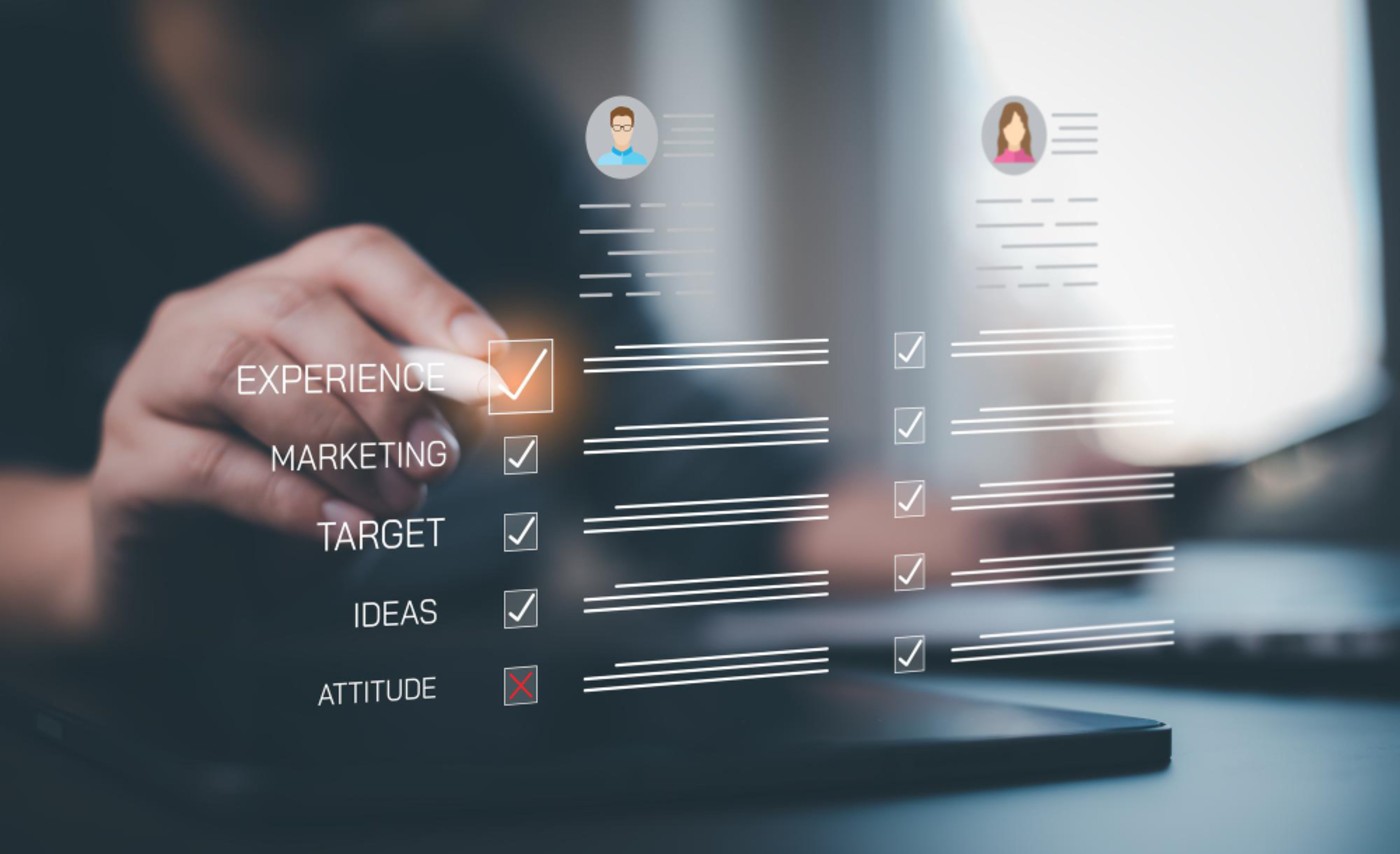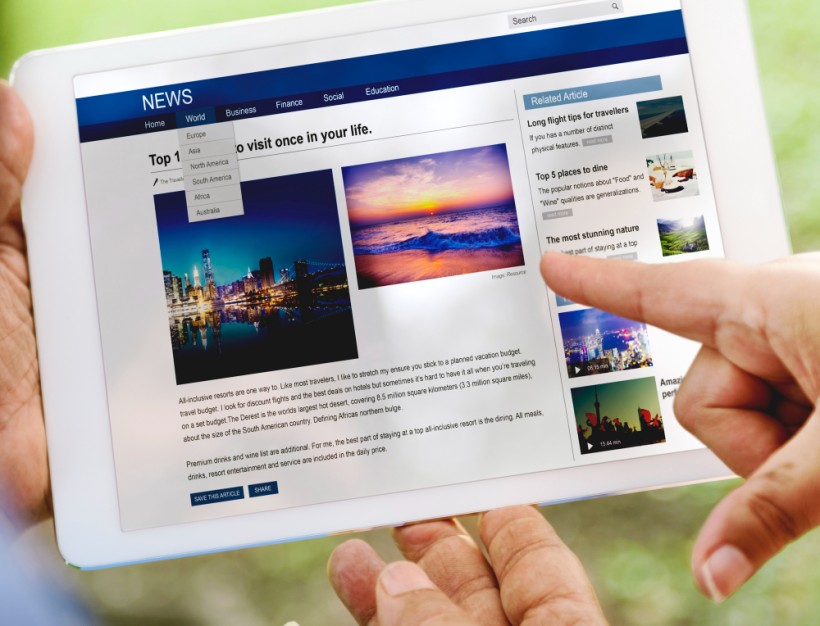What Is a Buyer Persona?
A buyer’s persona is a research-based picture of your ideal customer. It describes the person you most want to reach in clear, concrete terms.
This includes the role they hold, the problems they face, what motivates them, how they make decisions, and where they look for information.
Unlike the ICP which focuses on the company, it often focuses on an individual making a personal choice. A common mistake is relying only on a job title or demographic details. Those elements help, but do not explain why a person buys or how they evaluate solutions. For a persona to be useful, it must go deeper than that.
Why Buyer’s Personas Are Essential for B2B Growth
When teams do not have a clear persona, they likely base their decisions on assumptions or weak information. Marketing campaigns become broad and unfocused. Content addresses general topics instead of real problems. Sales conversations drift because the team does not know what matters most to the buyer. This slows down the entire buying process.
A strong persona changes that. It gives teams a shared understanding of the buyer’s goals, barriers, and decision patterns. It helps marketers choose the right themes, tone, and channels, helps sales speak to the issues that carry weight, and helps product teams see which problems are worth solving.
A precise persona keeps everyone working toward the same buyer, which leads to clearer messaging, better targeting, and higher-quality leads. It also helps uncover new places where ideal buyers gather, learn, and compare options.
8 Core Steps to Create an Effective B2B Buyer’s Persona
Step 1. Gather data
Start with what you already know. Look at your CRM, support logs, account notes, and analytics to see who tends to buy, how long the sales cycle takes, and what problems repeat across accounts. Use surveys and short interviews to fill in gaps. The goal is to collect facts about the buyer’s role, industry, responsibilities, and internal pressures.
Tools you can use:
- CRM and support: Salesforce, HubSpot, Intercom, Zendesk
- Product and web analytics: Mixpanel, Google Analytics
- Surveys: Typeform, Google Forms, SurveyMonkey
At this stage, avoid guessing so you don’t get profiles that feel polished but do not match real behaviour. Stick to clear evidence, and be careful not to overload the persona with details that cannot be confirmed.
Step 2. Understand the job they are trying to get done
Every buyer is trying to accomplish something specific. This is the job they want to get done. It may be cutting costs, speeding up a process, reaching a target, or reducing risk. Your task is to clarify what that job is and what stands in the way. A useful way to do this is to review real job descriptions on LinkedIn, especially in the Jobs tab, to see what this person is responsible for and what they get paid to deliver. Look for the moment when frustration becomes strong enough for them to seek a new solution. That moment reveals the real trigger behind the purchase.
Tools you can use:
- Analysis and grouping: Excel, Google Sheets, Tableau, Looker
- Finding themes in written feedback: An AI assistant like Otter that can scan interview notes and highlight repeated goals, pains, and triggers
Understanding this helps you avoid focusing only on surface traits. You move past generic statements like “Director of Operations” and start seeing the deeper motivation. When you know the job they are trying to achieve, you can speak to the outcome they value and the obstacles they face.
Step 3. Interview real people
Interviews give you the depth that data alone cannot provide. Speak with current customers, prospects who considered you, and people who decided not to buy. Each group gives you different insights. Ask about their daily responsibilities, the pressures they face, the outcomes they are measured on, and the steps they take when looking for a solution. Talk through recent decisions they made and what influenced them.
Tools you can use:
- Recording and calls: Zoom, Google Meet, Microsoft Teams
- Transcription: Otter, Fireflies, Fathom
- Organising insights: Notion, Miro, Airtable, or ChatGPT
Look for patterns rather than isolated opinions. A single comment can be interesting, but a repeated theme is what shapes a strong persona. Be careful not to draw broad conclusions from too small a sample. The aim is to reflect typical behaviour, not build a persona around one individual. Interviews should confirm and enrich what you saw in your initial data, helping you understand not only what buyers do but why they do it.
Step 4. Map how decisions are made in their company
A B2B purchase rarely rests on one person. Several people influence the choice, even if only one person signs the contract. Map out who these people are and what role each one plays. Identify the user who feels the problem daily, the manager who approves budgets, the colleague who raises objections, and the executive who wants to reduce risk.
Understanding this structure prevents you from creating a persona that is too narrow. If you focus only on the main contact, you miss the concerns of others who shape the decision. Note the internal pressures, timelines, and political factors that guide the process. This will help you see why deals stall, who needs reassurance, and which messages resonate at different points in the cycle. The better you understand the full decision path, the more accurate and useful your persona will be.
Step 5. Build the persona document
Once you have gathered evidence and identified consistent patterns, turn your findings into a clear and usable profile. For example:
| Field | Example (for a B2B SaaS product) | Concrete Use |
| Name & Title | Alex Chen, VP of Finance | Gives the persona life; keeps discussions focused. |
| Short bio | Oversees $50M budget. Driven by cost control & compliance. 4 years in current role. | Contextual background for sales/marketing. |
| Primary goal | Reduce vendor spend by 15% this year. | The objective your product must align with. |
| Top barrier | Internal system complexity; needs buy-in from CTO & Procurement. | The obstacles your messaging must overcome. |
| Triggers | Quarterly budget review deadline; new compliance requirement. | When to launch a targeted campaign. |
| Research habits | Relies on Gartner, peer roundtables, and detailed ROI calculators. | Defines which channels and content types to prioritize. |
| Evaluation criteria | TCO, implementation timeline, ease of integration with SAP. | The final decision-making factors. |
Step 6. Add a negative persona
A negative persona represents the type of prospect who is not a good fit for your offer. These are people who may show early interest but rarely convert, or who convert and later churn because the product does not meet their needs. Identify patterns such as company size, budget limits, priorities, or internal constraints that make someone unlikely to succeed with your solution.
Many teams skip this step, and the result is wasted time on low-quality leads. A clear negative persona helps you avoid chasing prospects who are unlikely to buy or remain customers. It sharpens your targeting, improves lead quality, and keeps marketing and sales focused on segments that bring long-term value. By knowing who to exclude, you gain a clearer view of who truly matters.
Step 7. Put the persona to work
A persona only makes a difference when it shapes real decisions. Use it to guide how you plan campaigns, write content, and structure offers.
- Align your messages with the goals and barriers you uncovered.
- Match content to the buyer’s journey so that early pieces address broad questions, mid-stage pieces focus on evaluating options, and late-stage pieces help with risk and approval concerns.
- Share the persona with sales so they can refine discovery questions, adjust outreach, and speak directly to what the buyer cares about.
- Product teams can use it to prioritise features and improve onboarding.
When everyone works from the same profile, your communication becomes consistent and focused. Without this shared use, even the strongest persona remains a document no one acts on.
Step 8. Update the persona regularly
A buyer’s persona is not a fixed description. Markets shift, company needs evolve, and new priorities appear as conditions change. Set a schedule to review and update the persona using new customer feedback, recent sales conversations, and fresh data from your CRM and analytics tools. Look for changes in goals, buying triggers, objections, and decision patterns.
If a persona stays untouched for too long, it stops reflecting how people actually behave. This leads teams back to guesswork, even when they believe they are still following the persona. Regular updates keep the profile accurate and relevant.
Practical Templates and Questions
Use simple, direct questions to uncover motivations, pressures, and decision habits. These can be used in interviews, surveys, or sales conversations. Keep them open enough to invite detailed answers.
Questions about role and responsibilities
- What does a typical day look like for you?
- What are the key tasks you are responsible for?
- How is your performance measured?
- What tools do you rely on?
Questions about goals and challenge
- What are you trying to achieve in the next quarter or year?
- What makes these goals difficult to reach?
- What recent problems pushed you to look for a solution?
Questions about buying behaviour
- What steps do you take before exploring new vendors?
- What information do you look for first?
- Who else is involved in the decision?
- What concerns or risks matter most?
Questions about evaluation criteria
- What makes a solution a strong fit for you?
- What makes you rule one out?
- How do you compare options?
Persona template
- Name and short description
- Job role, responsibilities, and key pressures
- Goals and desired outcomes
- Main challenges and blockers
- Buying triggers
- Decision criteria and objections
- Sources of information and research habits
- People involved in the decision
- Brief narrative summarising how they think and act
- Notes on who is not a fit
This quick template gives you a clear way to organise what you discover and turn it into a profile that teams can use.
Final Thoughts on B2B Buyer’s Persona
A strong persona does more than guide messaging. It sharpens how your entire company sees the market. When you understand the deeper forces behind a buyer’s choices, you stop building campaigns around trends and start shaping work around real intent. This clarity exposes gaps you did not see before, like needs your product does not yet meet or moments in the buying path where trust breaks down.
It also reveals where your team can create new leverage, whether through sharper positioning, clearer proof, or better alignment across functions.
If you’d like to turn your buyer’s persona into content, research and visibility that puts you in front of the companies you want, we’re here to make it happen.
At Column, we look into your persona, craft the stories and assets that reflect it, and amplify your footprint across search, social and demand channels, so your ideal buyers find you at the right moment.

Johnson is a Content Strategist at Column. He helps brands craft content that drives visibility and results. He studied Economics at the University of Ibadan and brings over years of experience in direct response marketing, combining strategy, creativity, and data-backed thinking.
Connect with him on LinkedIn.





